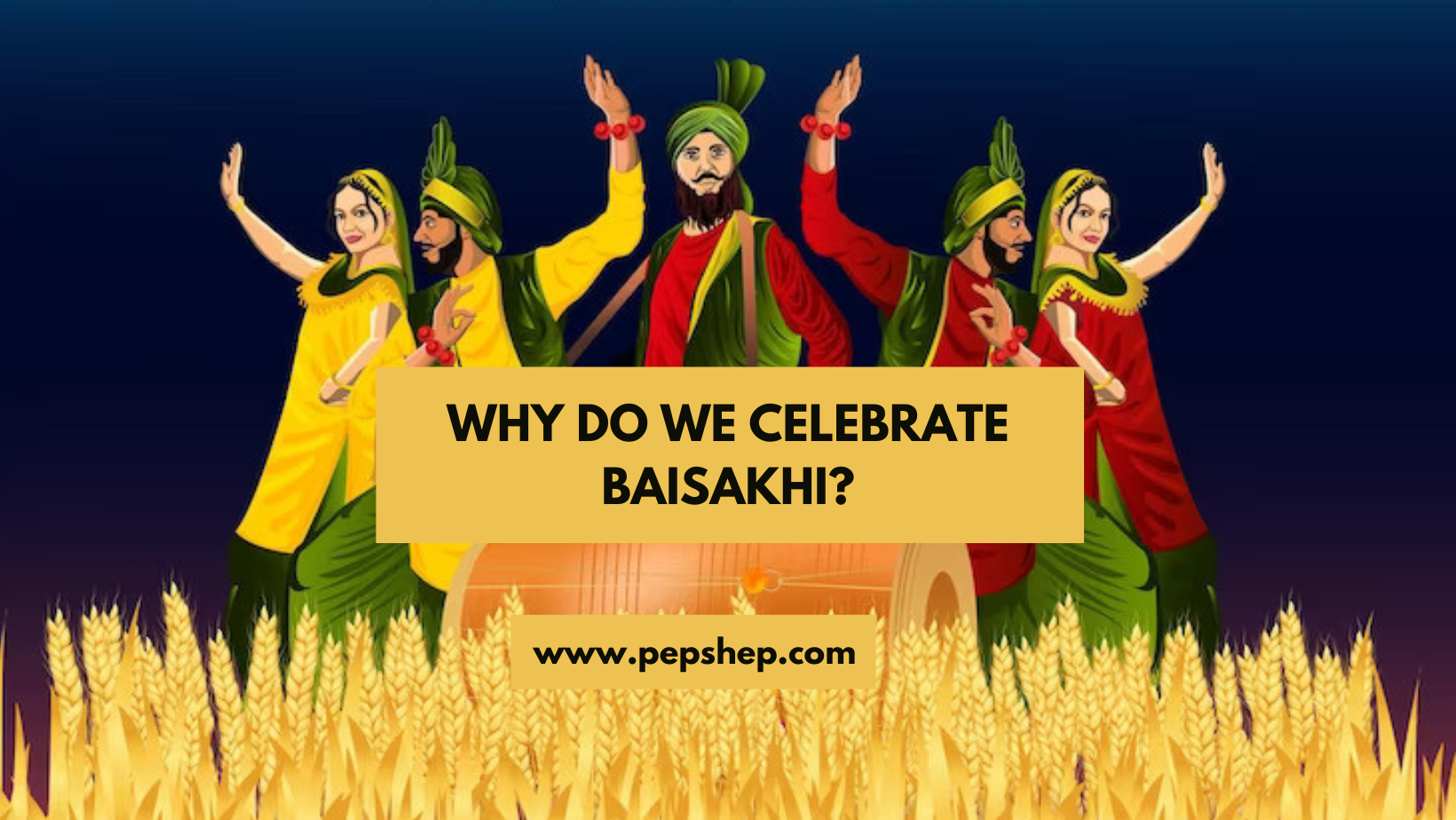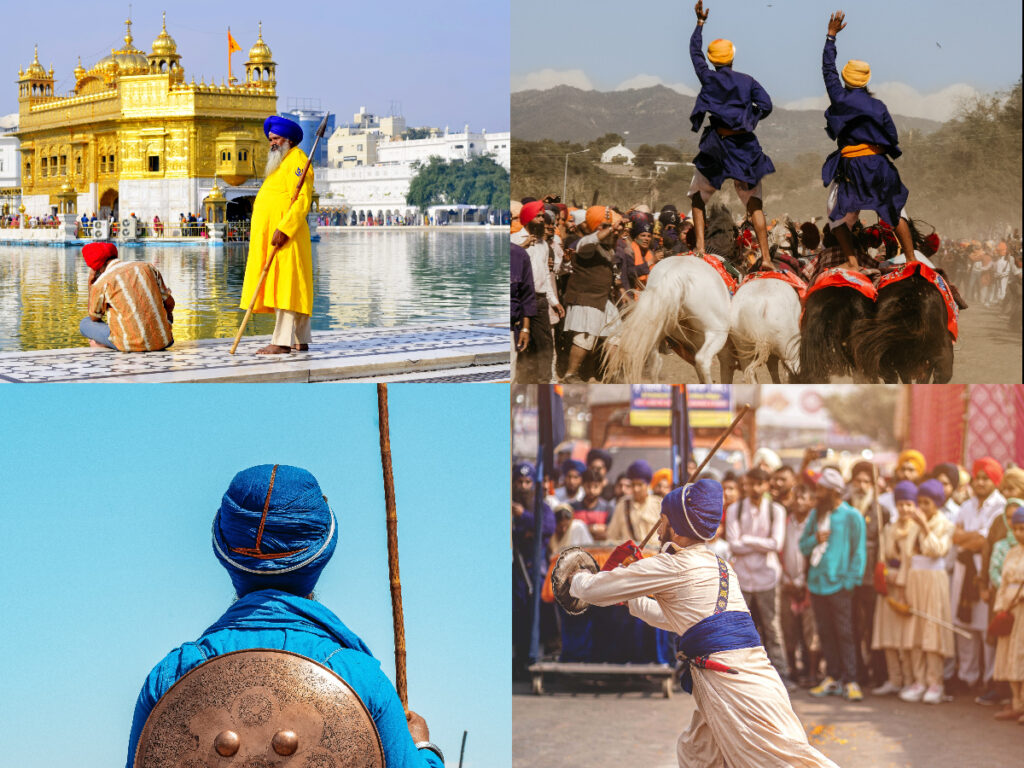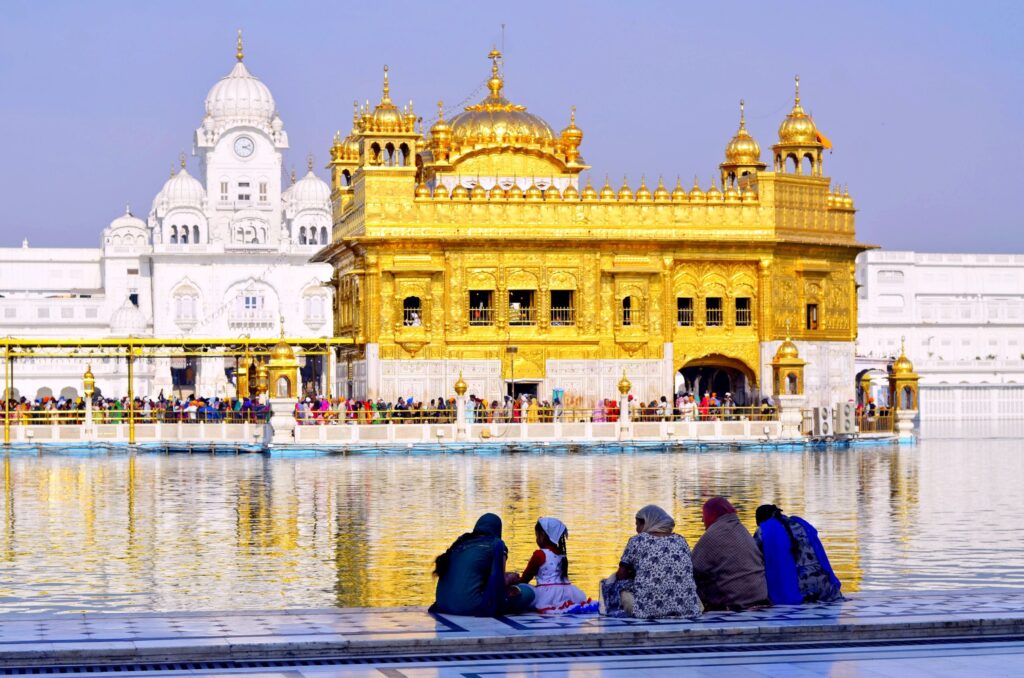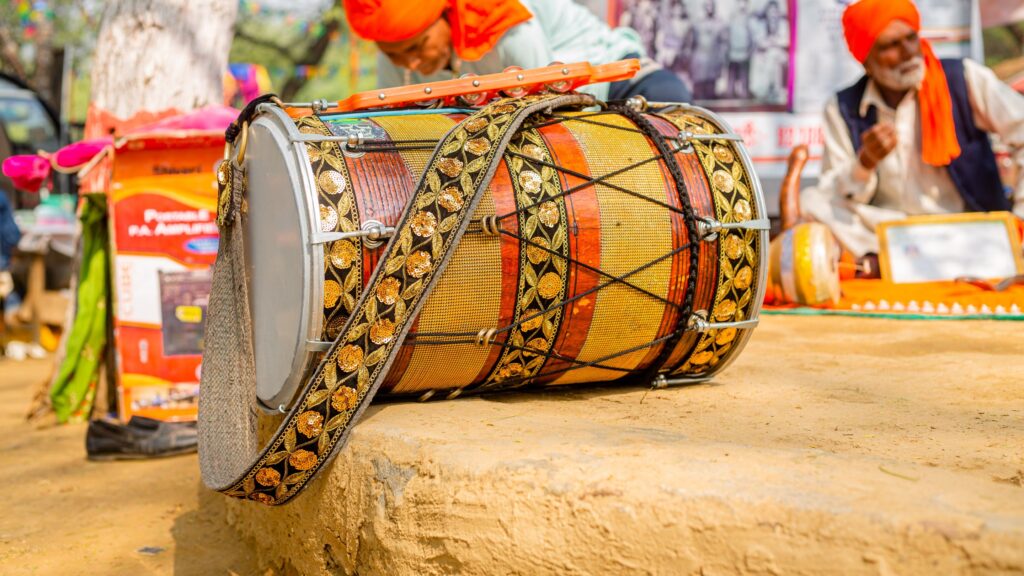

Why Do We Celebrate Baisakhi? History and Significance
Baisakhi, also known as Vaisakh Sankranti or Vaisakhi is a harvest festival celebrated primarily in Punjab and other areas of North India. It usually falls on the 13th or 14th of April and marks the beginning of the Sikh New Year.
Apart from Sikhism, the special day has its roots in many other cultures and has several stories and incidents related to its celebration. Let’s have a look at the history behind the celebration of Baisakhi and its significance in Indian culture.

History
Baisakhi festival has several accounts related to its origin and its popularity. The term “Baisakh” comes from the second month of the Hindu calendar, i.e., Vaisakh. During this time, the farmers of north India have harvested their crops and are preparing for the next season’s sowing. The festival marks the harvest of rabi crops in the areas of Punjab and is marked as a tribute celebration to gods who blessed the farmers with an abundant harvest.
In Sikhism, this day commemorates the formation of the Khalsa Panth of warriors by Guru Gobind Singh in 1699. ‘Khalsa’ was a term for warriors whose duty was to protect the innocent from religious persecution. This incident started a new phase in the history of Sikhism and is one of the primary reasons behind the celebration of Baisakhi.
Baisakhi is also a prominent festival in Jammu. Almost 5300 years back, on this day Raja Shaktikaran Dogra, also known as Raja Shastri, created the Shastri Calendar alias Dogra-Pahari Calendar. Hence, this day has special historical importance for the Dogras.
According to Hindu mythology, Baisakhi is also the day when Goddess Ganga descended to Earth. Hence, on this day, Hindu devotees gather for a holy dip along the banks of the river Ganga.
Do You Know? One of the largest Baisakhi fairs in India is held at Haridwar, Uttarakhand where more than 50 lakhs (5 million) pilgrims take a dip at Brahm Kund in river Ganga.

Significance and Celebrations
Baisakhi, being a Punjabi festival, is a boisterous celebration and is celebrated with loud music, dance and food. Apart from Punjab, it is also observed in other north Indian states such as Himachal Pradesh, Uttarakhand, Haryana, and Uttar Pradesh.
In Punjabi culture, the grand celebration of Baisakhi usually takes place in Gurudwaras. Thousands of devotees visit gurudwaras and take a holy dip in nearby ponds or lakes. Along with that, there are nagar kirtan processions where devotees chant or sing holy hymns of Guru Granth Sahib – the holy book of Sikhs. These processions are led by Panj Pyare (the five beloved ones of the Khalsa) who are dressed in saffron. After them, there are queues of sewadars or volunteers who clear the road through which the procession is passing.

Finally, the procession reaches the gurudwara where prayers are offered and huge food charities or langar sewas are organised for devotees and visitors.
Non-Sikhs also take a dip in a river and visit temples on this auspicious day and make and share sweets with their friends and families. In short, Baisakhi is a lively occasion for dance and festivities.
Sadly, the day also reminds India of the infamous Jallianwala Bagh incident that took place in Amritsar in 1919. The massacre led to the death of thousands of mela visitors by Briti and became one of the fiercest moments in the history of Indian Independence. Therefore, people also remember the martyrs of the 1919 incident and offer prayers for them.
We wish you all a very happy Baisakhi. May you receive all blessings and love and enjoy a great year ahead.
For more information on festivals, celebration tips and ideas, visit www.pepshep.com.
- Books, celebrations, christianity, Diwali, Events, festivals, Gifts, global, green celebrations, love, mother, mother's day, nature, office, pets, quotes, social, social impact,
